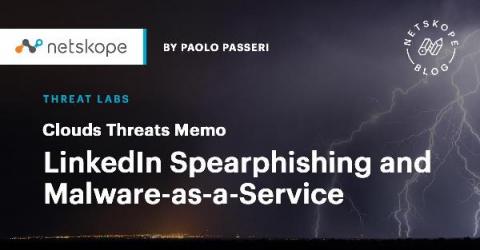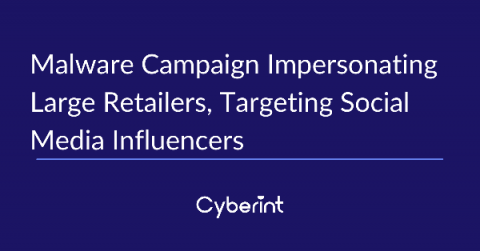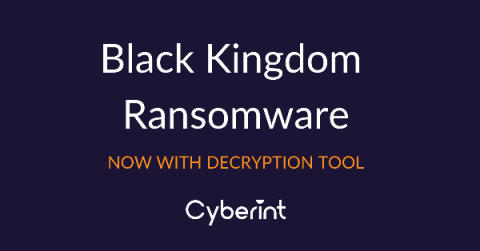Cloud Threats Memo: LinkedIn Spearphishing and Malware-as-a-Service
‘More_eggs’ is a backdoor sold as a “malware-as-a-service” (MaaS) by a threat group known as “Golden Chickens” and predominantly used by three criminal groups: FIN6, Cobalt Group, and Evilnum. In the latest campaign, unearthed by researchers from eSentire and targeting a professional working in the healthcare technology industry, a threat actor is exploiting fake job offers on LinkedIn to deploy the ‘More_eggs’ backdoor on the victim’s machine.









